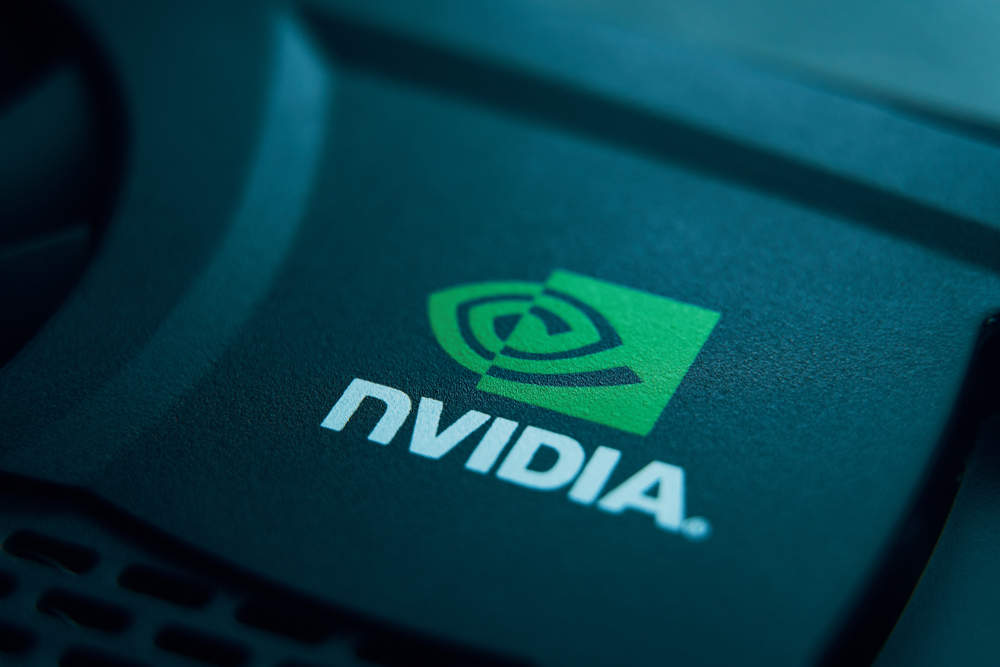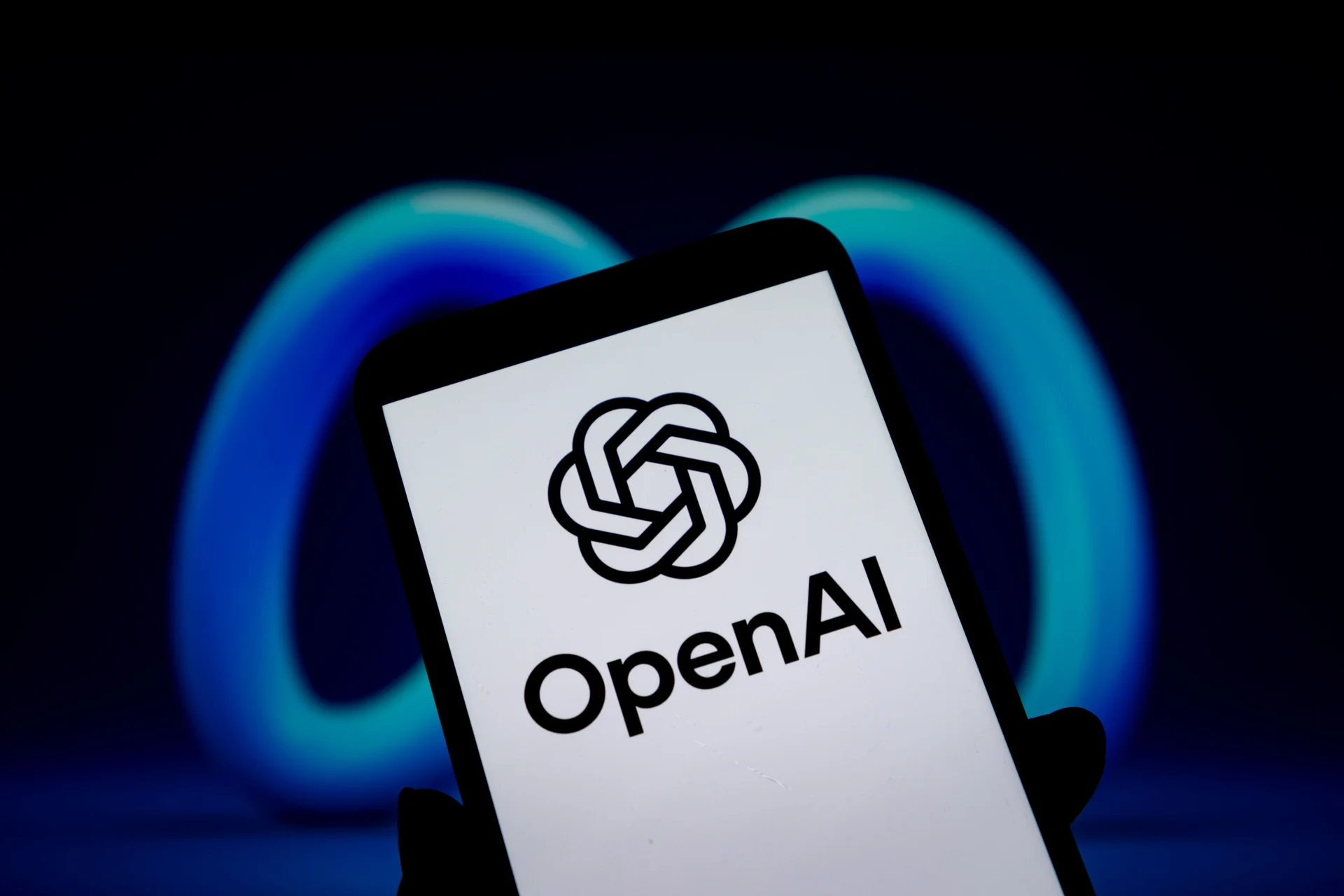It happened. After months of speculation and breathless market watching, Nvidia officially crossed the $4 trillion market cap threshold yesterday, becoming the first publicly traded company to reach this astronomical milestone. While the stock dipped slightly by market close, the symbolic moment had already been captured—another chapter in what’s arguably the most dramatic corporate success story of our time.
The Numbers That Tell a Story
Let’s put this in perspective for a moment. Just over two years ago, Nvidia was worth $500 billion. In June 2023, it hit $1 trillion, then doubled to $2 trillion by February 2024. That’s not just growth—that’s economic physics being rewritten in real time.
To grasp the sheer magnitude of this achievement, consider that Nvidia’s market cap now exceeds the GDP of most countries. We’re talking about a company that has gained more value in two years than entire nations produce in a decade. It’s the kind of wealth creation that makes economists scratch their heads and investors either celebrate or panic, depending on their position.
The AI Gold Rush Reality Check
This meteoric rise is fueled by the generative AI boom that kicked off with ChatGPT’s launch in 2022, with Nvidia’s specialized chips and CUDA software platform becoming the backbone of the AI revolution. But here’s where I think we need to pause and ask some uncomfortable questions.
Yes, Nvidia makes incredibly sophisticated hardware that powers everything from ChatGPT to autonomous vehicles. Yes, their GPUs are essentially the pickaxes of the modern AI gold rush. But are we witnessing genuine value creation or the mother of all tech bubbles?
My Take: Brilliance Meets Timing (And a Dash of Luck)
Jensen Huang, Nvidia’s leather-jacket-wearing CEO, deserves enormous credit for positioning the company perfectly for this moment. The decision to pivot from gaming graphics cards to AI-focused hardware wasn’t obvious in 2015, but it was prescient. However, even Huang admits that luck played a role alongside skill.
What strikes me most about Nvidia’s story isn’t just the numbers—it’s the speed. This isn’t IBM slowly building over decades or Apple gradually expanding from computers to phones. This is a company that found itself at the epicenter of the most transformative technology trend of our generation and managed to execute flawlessly when it mattered most.
The Elephant in the Room: Sustainability
But here’s my concern: Nvidia is currently valued higher than Apple ($3.15 trillion), a company that sells billions of devices to consumers worldwide. Nvidia, for all its technical brilliance, is primarily a B2B company selling specialized chips to other tech companies. The customer base is smaller, the demand is more concentrated, and the competitive landscape could shift quickly.
Don’t get me wrong—AI isn’t going anywhere. But $4 trillion suggests that Nvidia will not just dominate AI hardware forever, but that AI spending will continue growing at breakneck speed indefinitely. History suggests that both assumptions are risky.
What This Means for the Rest of Us
For investors, Nvidia’s milestone represents both opportunity and warning. The company has proven that betting on transformative technology can pay off spectacularly, but it also demonstrates how quickly market valuations can detach from traditional metrics.
For the broader tech industry, this is a reminder that we’re living through one of those rare moments when a single technological shift—artificial intelligence—can reshape entire sectors overnight. Companies that seemed untouchable just a few years ago now find themselves racing to catch up.
The Bottom Line
Nvidia’s journey to $4 trillion is genuinely impressive and well-deserved based on their technical achievements and market execution. But it’s also a cautionary tale about the fickleness of market sentiment and the dangers of assuming that current trends will continue indefinitely.
The company has earned its moment in the sun, but the real test isn’t reaching $4 trillion—it’s staying there. In the volatile world of tech valuations, today’s champion can become tomorrow’s cautionary tale faster than you can say “dot-com bubble.”
Still, you have to admire the ride. From a graphics card company to the world’s most valuable corporation in just a few years? That’s not just business success—that’s economic history in the making.
What do you think? Is Nvidia’s $4 trillion valuation justified, or are we witnessing another tech bubble in the making? Let me know in the comments below.

With over 6 years of experience in the blogging world, I specialize in crafting engaging, informative, and SEO-optimized content across various niches including tech, digital trends, and online monetization. I thrive on staying ahead of industry trends, experimenting with new content strategies, and helping others grow their digital presence.



